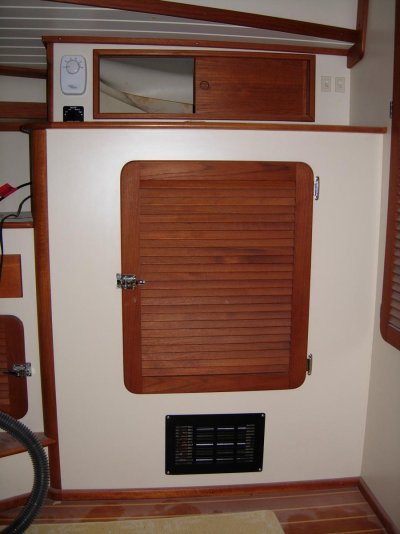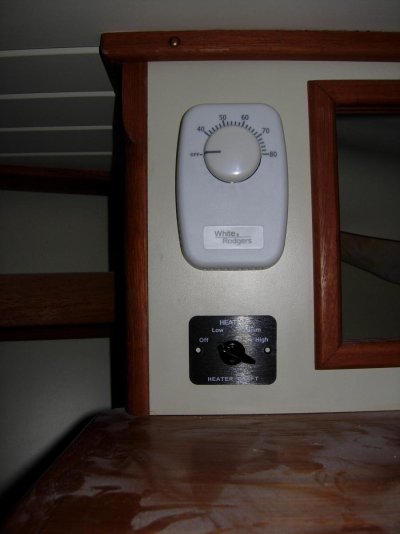Wxx3
Dauntless Award
- Joined
- Jan 10, 2013
- Messages
- 2,820
- Location
- USA
- Vessel Name
- Dauntless
- Vessel Make
- Kadey Krogen 42 - 148
Now that i have my oil worries solved, i wanted to talk about a great success story, the bus heater.
For about $250 the heater heats the entire lower portion of the boat, including the two cabins and two heads.
Not only that, with outside temp around 50 and the pilot house getting downright cold, when I turn on the bus heater, I will actually feel the difference in the pilot house in about an hour.
To the point that I must turn it off.
The best $250 i ever spent.
Should have done it on the first day.
Now, I must talk to Brian at American Diesel, as the engine is running even cooler, so I must change the thermostat.
I have actually turned off the heater, even when i was still cold, because the engine was running too cold, only 160°F vice it's normal 175°
For about $250 the heater heats the entire lower portion of the boat, including the two cabins and two heads.
Not only that, with outside temp around 50 and the pilot house getting downright cold, when I turn on the bus heater, I will actually feel the difference in the pilot house in about an hour.
To the point that I must turn it off.
The best $250 i ever spent.
Should have done it on the first day.

Now, I must talk to Brian at American Diesel, as the engine is running even cooler, so I must change the thermostat.
I have actually turned off the heater, even when i was still cold, because the engine was running too cold, only 160°F vice it's normal 175°

 I misspoke,my bus heater is electric 12 volt! Sorry, the heater you guys are discussing is the one I have off my engine cooling (hot water) system.
I misspoke,my bus heater is electric 12 volt! Sorry, the heater you guys are discussing is the one I have off my engine cooling (hot water) system.
